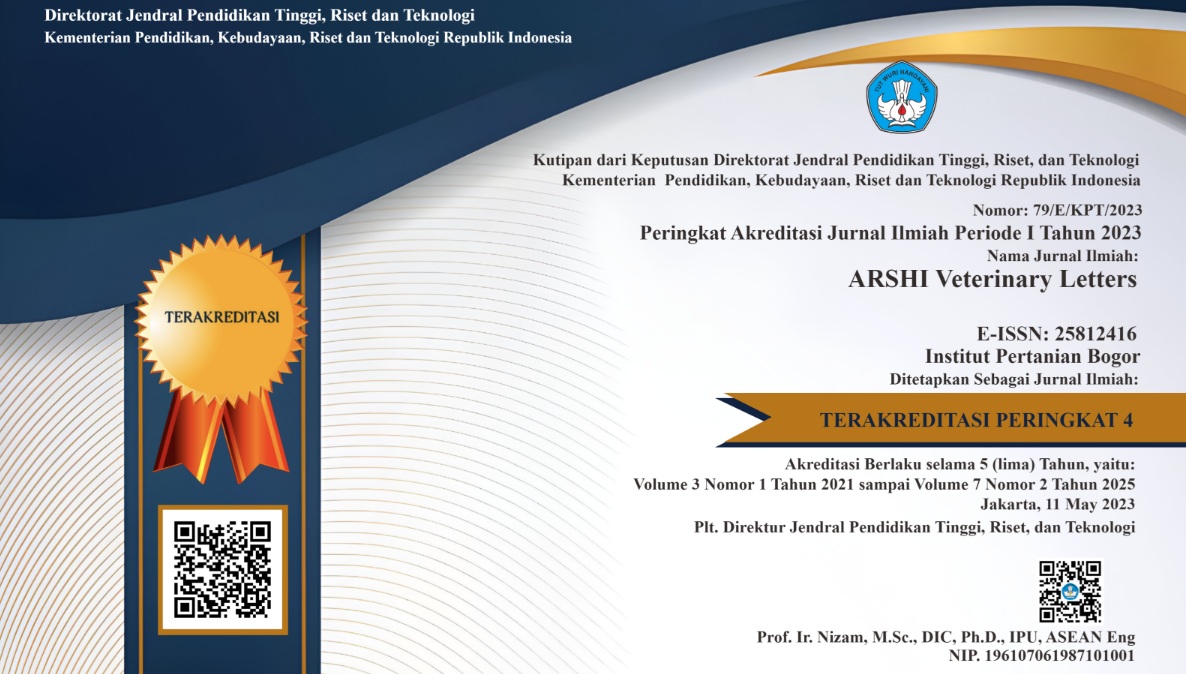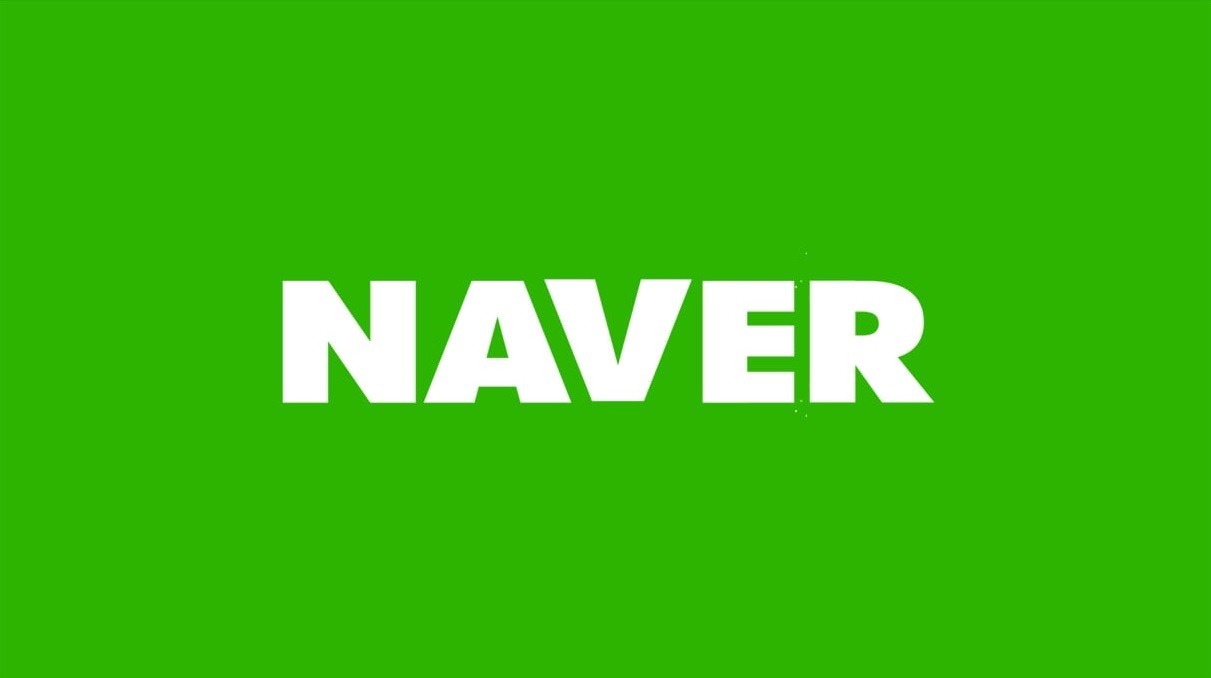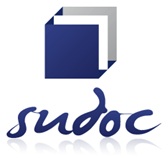
Guide for Authors
Guide for Authors
ARSHI Veterinary Letters (ARSHI Vet Lett)
ARSHI Veterinary Letters (ARSHI Vet Lett) is an open-access, peer-reviewed journal published by the Asosiasi Rumah Sakit Hewan Indonesia (ARSHI). The journal welcomes submissions of original clinical case reports, case series, and short communications focusing on veterinary medicine in tropical and Southeast Asian contexts.
Why publish with ARSHI Vet Lett?
-
Simplified submission through an easy-to-use OJS system.
-
Dedicated editors actively engaged in veterinary clinical and academic communities.
-
Rigorous peer review to ensure high scientific and ethical standards.
-
Rapid publication with transparent editorial tracking.
-
Global visibility via open-access publication under a Creative Commons CC BY-SA license, allowing sharing and adaptation with proper attribution.
-
Affordable article processing charge (APC) designed to support accessibility for authors.
Submission
Manuscripts must be submitted through the Online Journal System (OJS) at https://journal.ipb.ac.id/arshivetlett.
Authors are required to create an account and provide valid email addresses for all co-authors. The manuscript should be submitted in Microsoft Word (.doc/.docx) format. Figures and tables should be embedded in the text or uploaded as supplementary files if necessary.
In addition, authors must upload a completed Statement of Originality and Copyright Release Form (Form A) at the time of submission. [DOWNLOAD Form A]
All submissions are initially screened by the editorial office to ensure compliance with journal scope and ethical policies before peer review.
Terms of Submission
By submitting to ARSHI Vet Lett, authors confirm that the manuscript:
-
Is original, unpublished, and not under consideration elsewhere.
-
Does not involve duplication or “salami slicing” of previously published work.
-
Has obtained institutional and ethical approvals, where applicable.
-
Has been approved by all listed authors prior to submission.
All accepted manuscripts will undergo editorial and linguistic editing to ensure readability and consistency.
Peer Review
ARSHI Vet Lett applies a single-anonymized peer review process.
Each manuscript is evaluated by at least two up to three independent reviewers with relevant expertise. The final decision rests with the Editor-in-Chief based on reviewers’ recommendations. Manuscripts authored by editors or editorial board members are handled independently to prevent conflicts of interest.
Ethical Standards
Research involving animals must follow recognized welfare and ethical guidelines.
Manuscripts describing experimental procedures must include a statement confirming that the study was approved by an Institutional Animal Care and Use Committee (IACUC) or equivalent body.
Clinical case reports must include owner consent for publication and image use, with written consent securely archived by the authors.
All submissions are checked using plagiarism detection software (eg. Turnitin/iThenticate). The journal adheres to the COPE (Committee on Publication Ethics) principles.
Scope and Reporting
ARSHI Vet Lett primarily publishes:
-
Clinical case reports (up to three animals).
-
Case series (four or more cases with shared clinical context).
-
Short communications relevant to clinical practice or veterinary diagnostics.
-
Technical note describes a specific development, technique, procedure, or a modification to an existing one, often with practical value.
-
Original research articles report new and unpublished findings that contribute to the advancement of veterinary science.
-
Mini review provide a concise summary of a specific research topic or field relevant to veterinary medicine.
Authors are encouraged to follow standardized reporting guidelines such as the CARE Checklist for case reports and the Joanna Briggs Institute (JBI) Checklist for case series (https://jbi.global/critical-appraisal-tools).
Manuscript Preparation
Please prepare your manuscript in the following order:
-
Title page: Title, full author names, affiliations, and email addresses.
-
Abstract: Maximum 300 words, citation-free.
-
Keywords: Up to five.
-
Introduction: Concise background and objectives.
-
Case Presentation: Patient history, clinical findings, diagnosis, treatment, and outcome.
-
Results and Discussion: Interpretation, relevance, and comparison with existing literature.
-
Conclusion: Brief statement summarizing clinical significance.
-
Acknowledgments, Funding, and Conflicts of Interest.
-
References: Numbered in the order cited in text (Vancouver style).
All manuscripts should include line numbering and SI units for measurements.
Figures and Tables
-
Figures should be high-resolution (minimum 300 dpi).
-
Tables must include clear titles and appropriate units.
-
Avoid using vertical lines in tables.
-
Figures and tables must be cited consecutively in the text.
Data Availability and Conflicts of Interest
Authors must include a data availability statement and disclose all potential conflicts of interest. If none exist, please state:
“The author(s) declare no conflict of interest.”
All funding sources should be explicitly mentioned in a Funding Statement.
Copyright and Licensing
ARSHI Veterinary Letters publishes all articles under the Creative Commons Attribution-ShareAlike (CC BY-SA) license.
Authors retain copyright and grant the journal the right to publish and disseminate the article. This license allows others to share and adapt the work, provided proper attribution is given and derivative works are distributed under the same license.
Proofs and Publication
Proofs will be sent to the corresponding author for correction. Authors must return corrected proofs within three (3) working days. The journal aims for prompt online publication after final approval.
Appeals
Authors may submit an appeal if they believe a rejection resulted from a misunderstanding or factual error. Appeals must be submitted by the corresponding author via email, including the manuscript number and detailed justification. The editorial team’s decision on the appeal is final.












